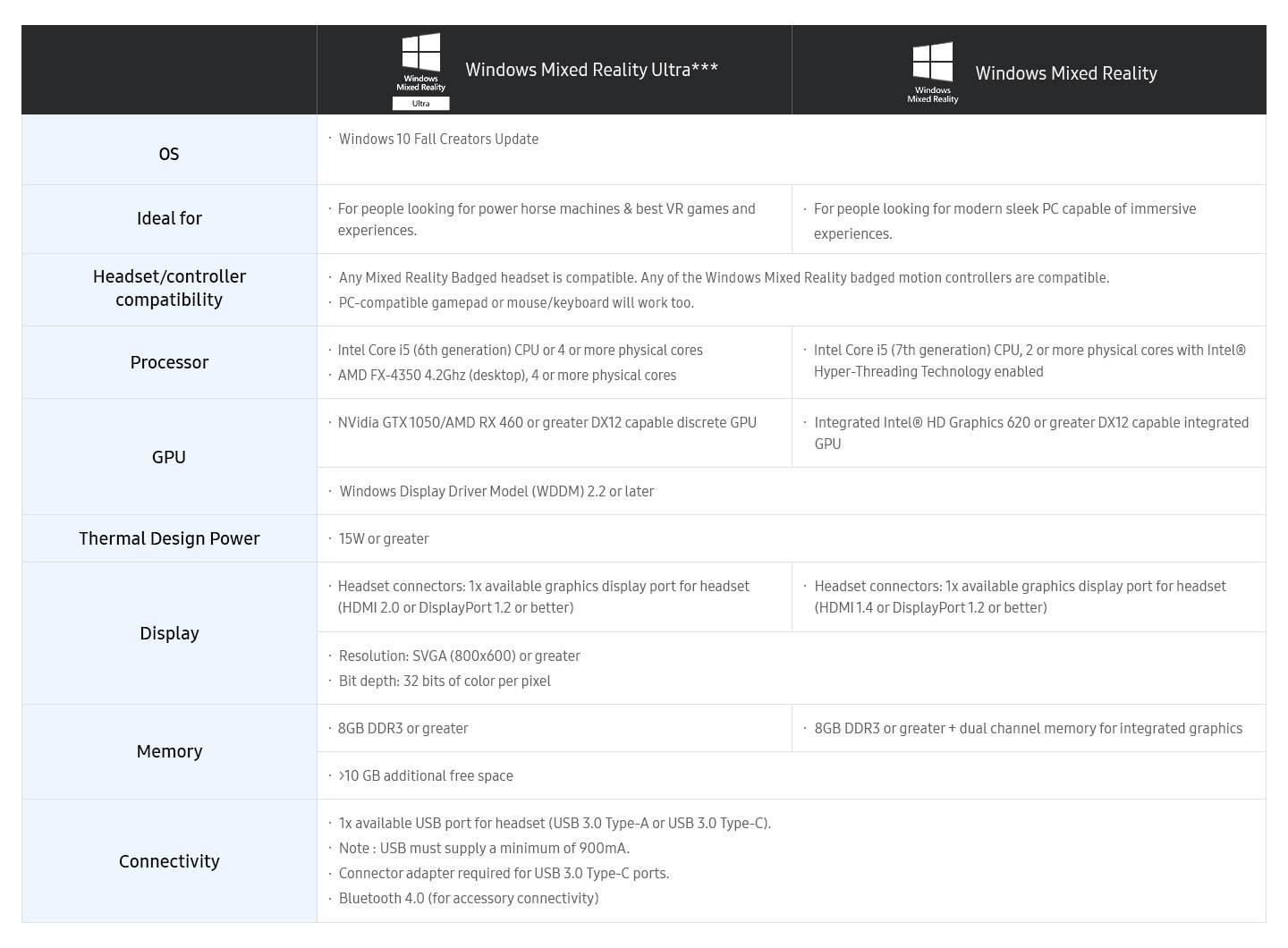Everything You Need to Know About Windows Mixed Reality
Microsoft takes on Oculus and HTC by its own answer to virtual reality. Windows Mixed Reality is now available in the latest Windows 10 Fall Creators update, and the headsets are available for purchase. Here is everything you need to know about Windows Mixed Reality.
Microsoft named Mixed Reality for their first generation headsets. However, the device is currently only available in virtual reality. The headsets are similar to HTC Vive and Oculus Rift, while the Windows MR headsets do not require separate sensors.
Similar to Oculus Home, Microsoft uses a virtual Cliffhouse as it’s portal for apps, games, and holograms. The Cliffhouse will enable user to watch content and pin holograms in a virtual scene. You can also run your desktop PC in Cliffhouse, and use Microsoft Edge to browse the web.
The headsets features six degrees of freedom movement tracking, without the need to place external sensors in a room. Cameras and sensors is located on the headset itself to track the motion controllers, which makes it unique for its mobility. However, it does not do the best job to tracking movements when hands are behind a person’s back.
By naming the headsets Mixed Reality, it is obvious that Microsoft sees a convergence between virtual and augmented reality in the near future. While the current line of Windows headsets do not offer augmented reality experience or passthrough camera, we can anticipate future generations will.
A number of PC manufacturers have joined to create these new MR headsets, and several are available for purchase today. Companies like Dell, HP, Lenovo, Acers, Samsung, and ASUS are all making headsets, with pricing starting at $299. However, each headset will be uniquely different in specifications and comfort. Here is a quick look at what is currently available for purchase.
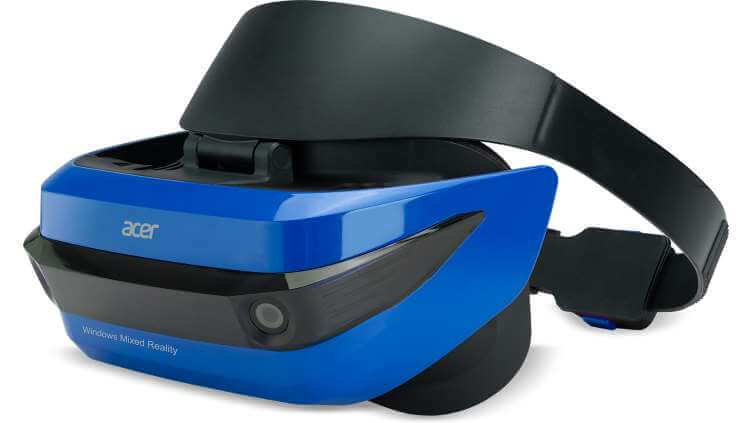
Image credit: Acer
Acer
Price: $299 or $399 (w/ motion controllers)
The Acer headset is the original headset for Windows Mixed Reality. The headset features the basic bundle at $299. The headset is features an LCD display resolution with 1440 x 1440 per eye, and a 95 degrees field of view. The device utilizes inside-out tracking, spatial audio, 90 frames per second refresh rate, and a controller to navigate the virtual world.
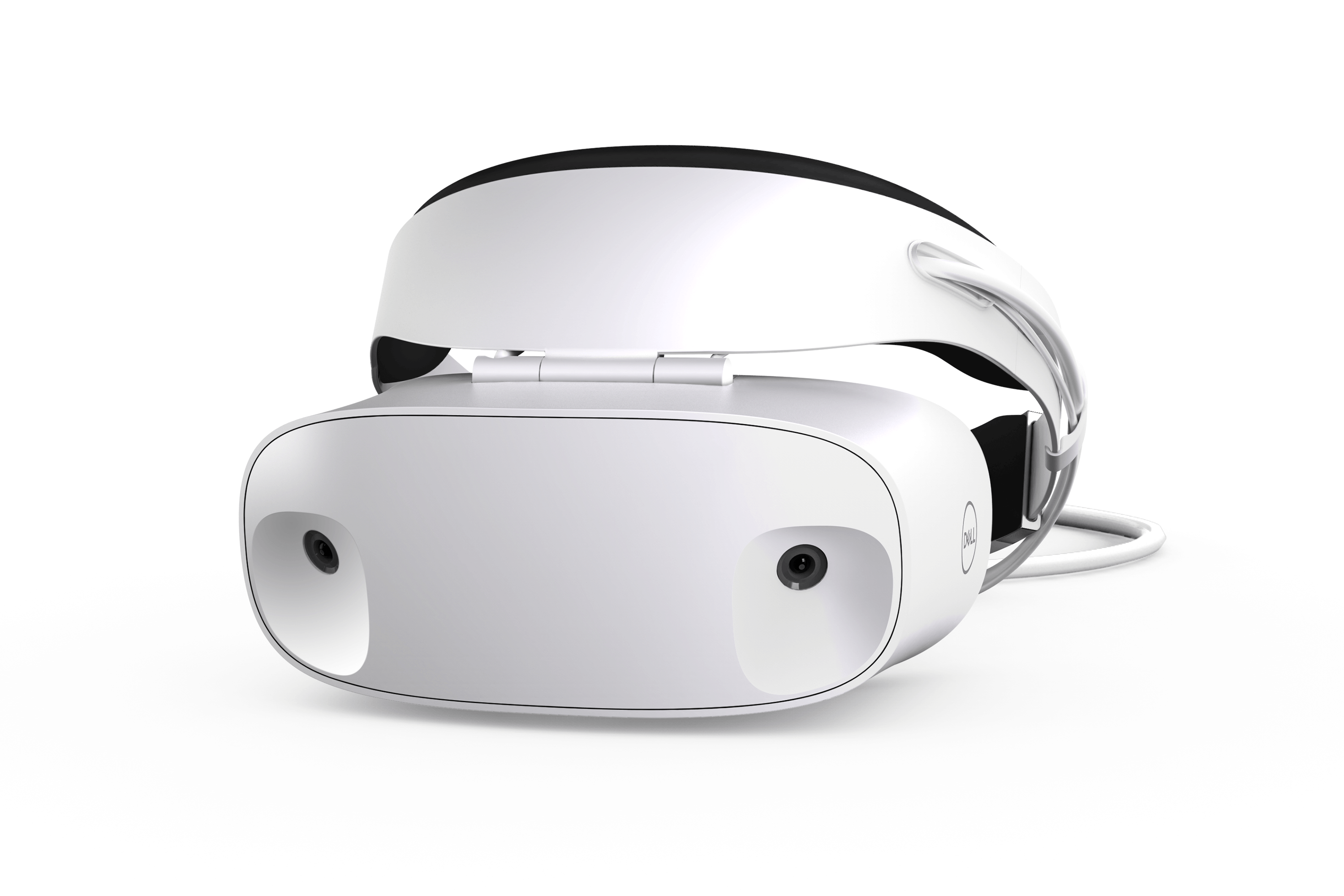
Image credit: Dell
Dell Visor
Price: $349 or $449 (w/ motion controllers)
Dell’s headset is an upgrade version of the Acer headset, with better padding for comfort and a wider filed of view of 110 degrees. The resolution is the same at 1440 x 1440, so the biggest price difference is for comfort and better adjustability.
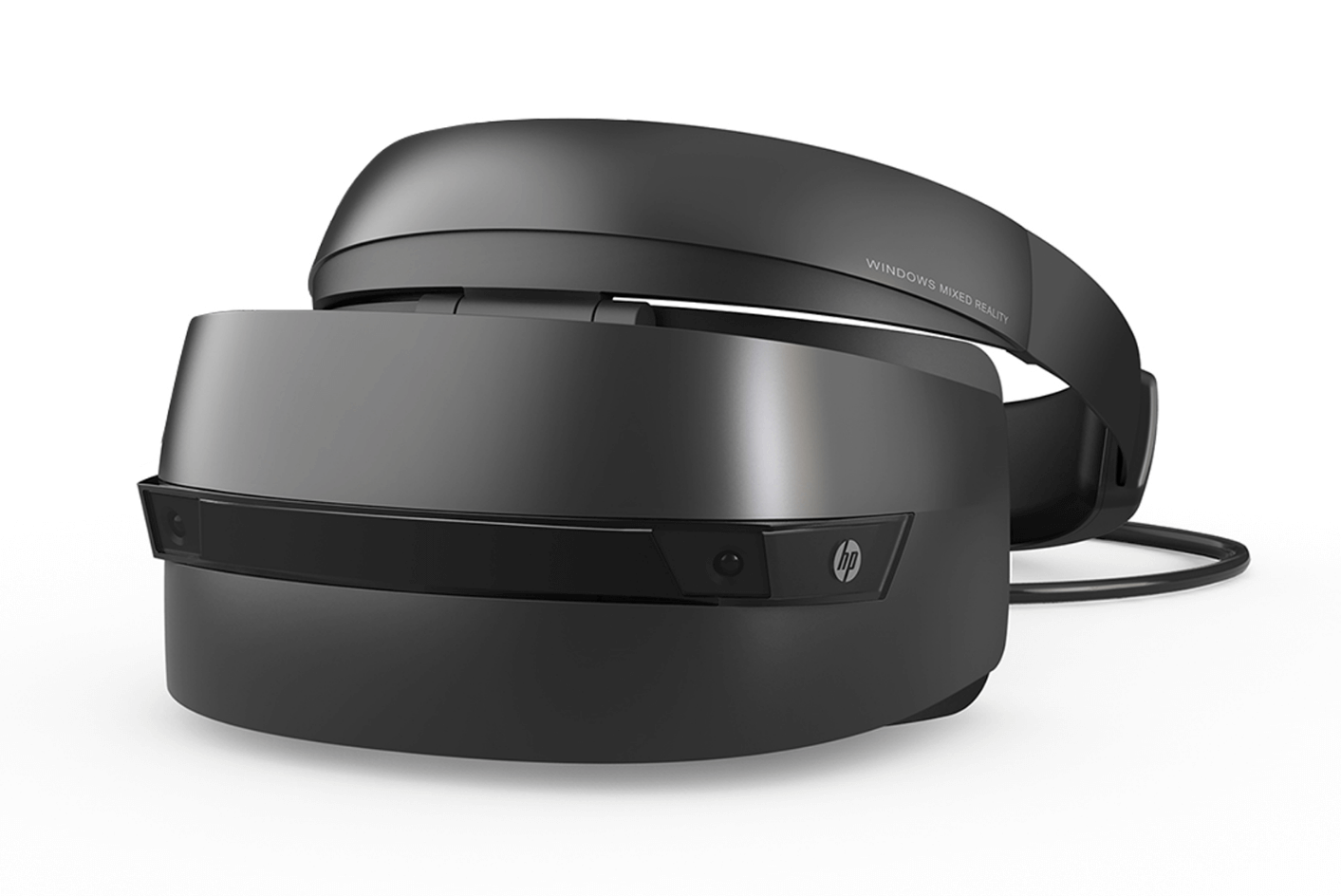
Image credit: HP
HP
Price: $449 (w/ motion controllers)
The HP headset is essentially the same as Acer, with a tweak in the over design. The headset is bundled with the motion controller for $449, but you can actually buy a development edition without the controller for $329.
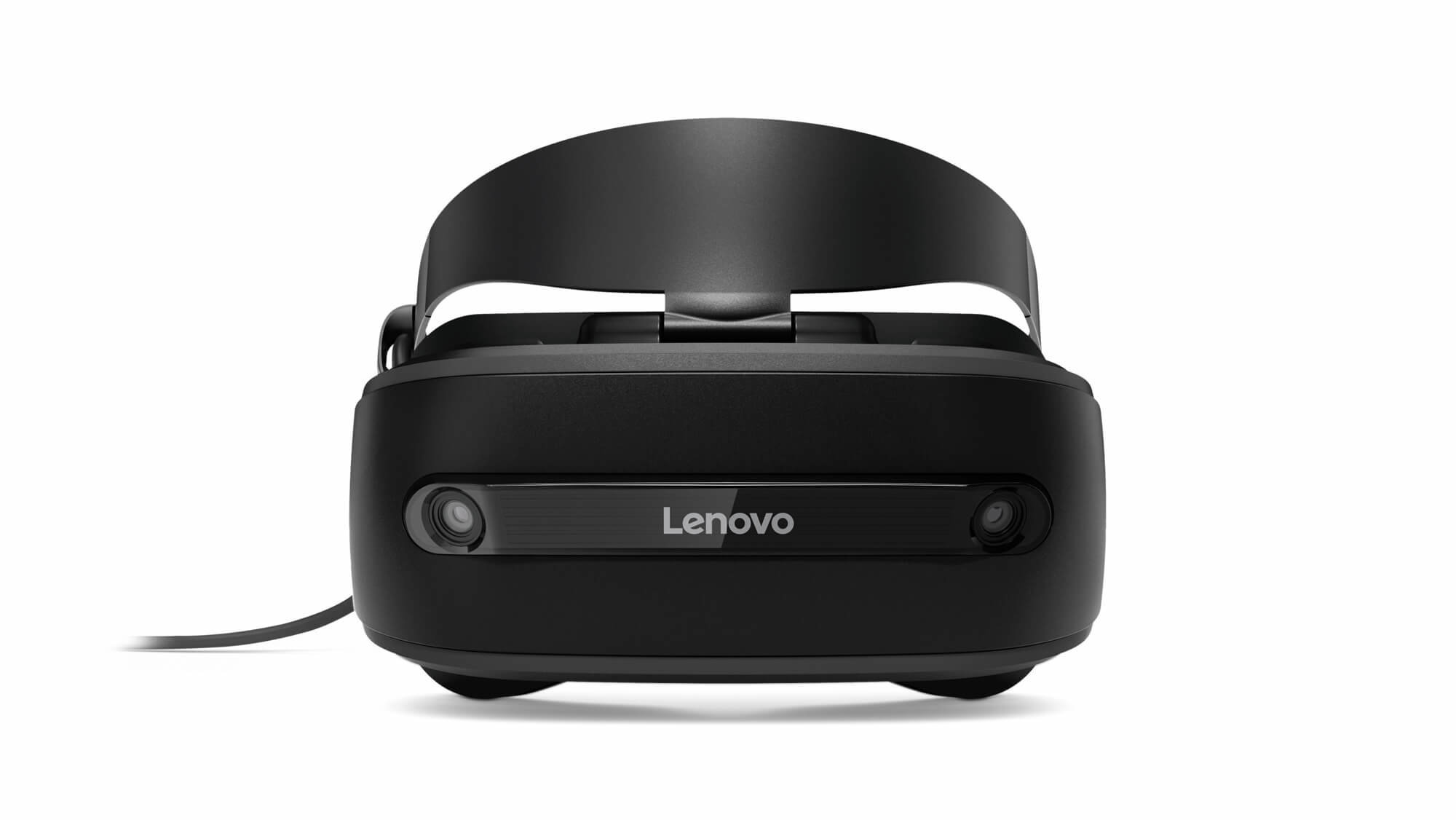
Image credit: Lenovo
Lenovo
Price: $399 (w/ motion controllers)
The Lenovo headset is currently the lightest Windows Mixed Reality headset, with 1440 x 1440 LCD display resolution per eye. The field of view is 105 degrees. It is currently one of the most affordable and comfortable headset.
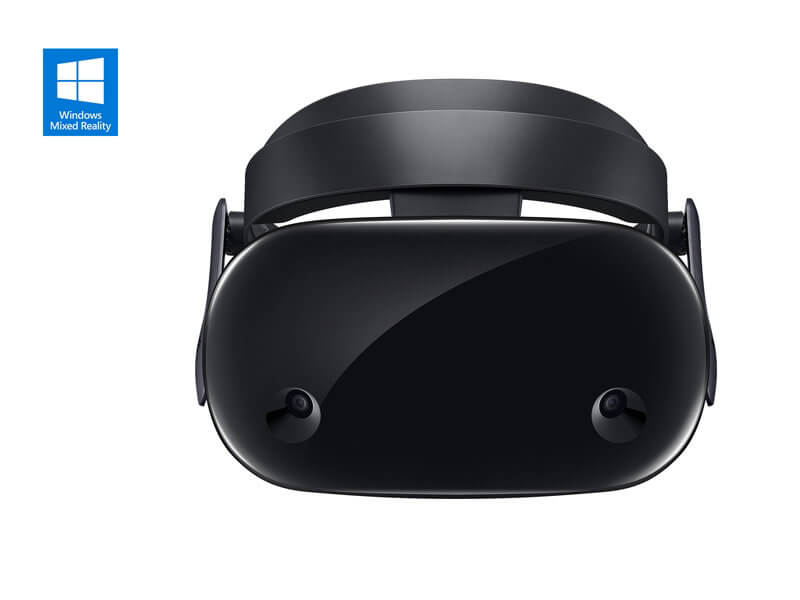
Image credit: Samsung
Samsung HMD Odyssey
Price: $499.99
The Samsung Mixed Reality headset so far has the best display resolution of 1440 x 1600 per eye. It has 110 degrees field of view, and an OMOLED display. Samsung designed AKG headphones into the headset, which lines to compete with the Oculus Rift.
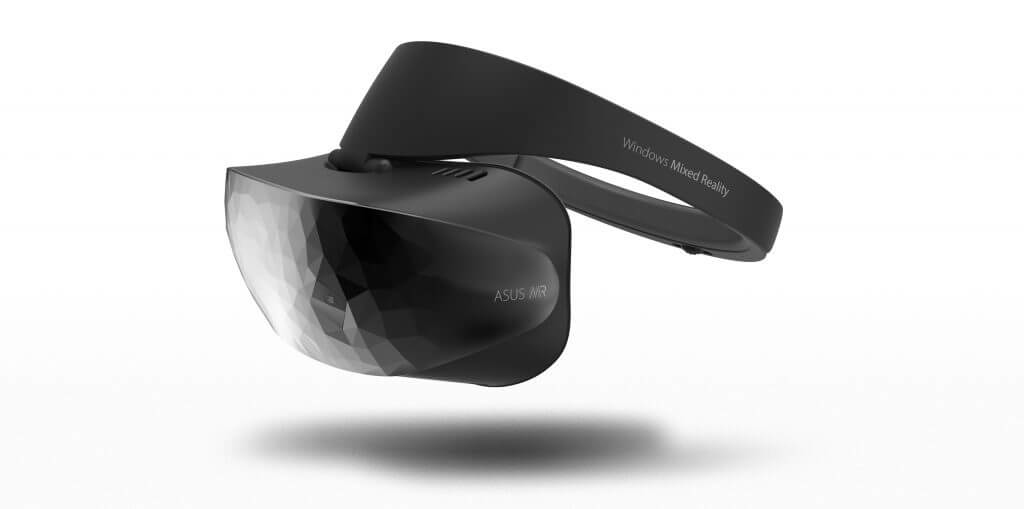
Image credit: ASUS
ASUS
Price: $530
Asus revealed their Windows Mixed Reality headset at IFA last year. The headset is one of the most unique, with a 3D polygonal shell in the front. The device has 1440 x 1440 per eye, 95 degree field of view, and LCD display. The headset will be available sometime in 2018, and you can register here to receive newest updates
What kind of PC do I need to run Windows Mixed Reality Headsets
Microsoft has kept minimum specification for majority of apps and experience. This means you do not need to invest in a expensive PC to run it. What you will need is a PC with Windows 10 Fall Creators update installed. Other specifications include Intel Core i5-7200U processor or better, 8GB of DDR3 RAM or better, 10GB of free disk space, Intel HD Graphics 620 or DX12-capable GPU, HDMI 1.4 or DisplayPort 1.2, USB 3 port, and Bluetooth for the controllers.
The basic specification will provide 60 frames per second. However, to render at 90 fps, the Windows Mixed Reality Ultra spec is required.
The Windows Mixed Reality Ultra specification will require a fourth generation Intel Core i5 4590, quad core or better, 8GB of DDR3 RAM or better, 10GB of free disk space, and Nvidia GTX 960/965M/1050 or AMD RX 460 or greater graphics card.
If you are not sure whether your PC is compatible, you can download and run the Mixed Reality Portal app or down the Microsoft PC Checker app.
